Home>Garden Essentials>What Do It Mean To Germinate Bonsai Trees
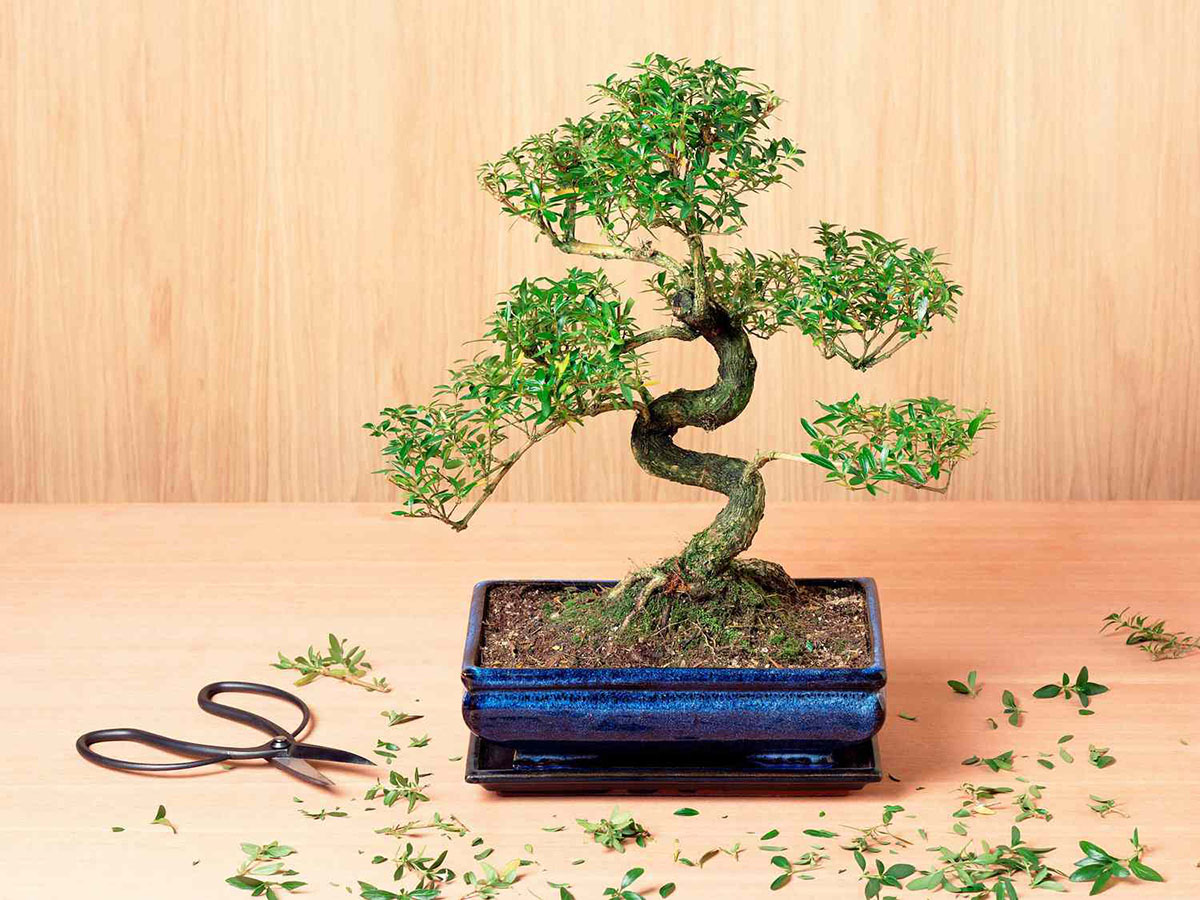

Garden Essentials
What Do It Mean To Germinate Bonsai Trees
Modified: March 16, 2024
Discover the art of germinating bonsai trees in your garden. Learn how to nurture and care for these delicate plants for a stunning garden display.
(Many of the links in this article redirect to a specific reviewed product. Your purchase of these products through affiliate links helps to generate commission for Storables.com, at no extra cost. Learn more)
Introduction
Welcome to the fascinating world of bonsai trees! If you’re a gardening enthusiast looking for a unique and intricate gardening experience, then bonsai trees might just be the perfect fit for you. Bonsai trees are miniature versions of their full-sized counterparts, carefully cultivated and shaped into living works of art.
One of the key aspects of successfully growing bonsai trees is understanding the process of germination. Germination is the initial stage in a plant’s life cycle where a seed begins to sprout and grow into a seedling. It is the foundation of every plant, including bonsai trees, and plays a crucial role in determining the tree’s future growth and development.
In this article, we will explore what germination means in the context of bonsai trees, the process involved, and the factors that can affect successful germination. We will also discuss the importance of proper germination techniques, the common challenges faced during germination, and provide useful tips for ensuring successful germination of your bonsai trees.
So, let’s delve into the fascinating world of bonsai tree germination and unravel the secrets behind growing these magnificent miniature trees.
Key Takeaways:
- Germinating bonsai trees is like unlocking a magical transformation from tiny seeds to majestic miniature trees. It requires patience, attention to detail, and understanding the specific needs of each species for successful growth.
- Choosing high-quality seeds, providing optimal conditions for temperature, moisture, and lighting, and being patient and observant throughout the germination process are essential for cultivating healthy and thriving bonsai trees.
Read more: How To Grow Bonsai Tree From Seed
What is Germination?
Germination is a vital process in the life cycle of plants, including bonsai trees. It is the stage where a dormant seed awakens and begins to sprout, signaling the start of a new plant’s growth. During germination, the seed absorbs water and essential nutrients, which triggers biochemical changes and activates the seed’s metabolism.
The germination process is initiated when the seed is provided with the right environmental conditions for growth – these conditions can vary depending on the plant species. Typically, these conditions include the right temperature, moisture, and exposure to light or darkness, which are essential for the activation of enzymes that break down stored nutrients inside the seed.
For bonsai trees, the germination process follows a similar pattern to that of other plant species. However, certain bonsai tree varieties may have specific germination requirements based on their natural habitats. It is important to understand and replicate these conditions as closely as possible to ensure successful germination.
Germination occurs in several stages. Initially, the seed coat cracks open, allowing the embryonic root, known as the radicle, to emerge. The radicle then grows downwards into the soil, establishing a root system. Simultaneously, the embryonic shoot, also known as the plumule, emerges and grows upwards, developing the stem and leaves of the plant.
As the seedling continues to grow, it gains strength and stability, growing its first set of true leaves and establishing a firm footing in the soil. This marks the successful completion of the germination process and the beginning of the bonsai tree’s journey towards becoming a magnificent miniature masterpiece.
Now that we understand what germination is and the basic stages involved, let’s explore the germination process specific to bonsai trees in the next section.
The Germination Process in Bonsai Trees
The germination process in bonsai trees follows a similar pattern to other plant species but may require specific conditions and techniques to ensure successful growth. Here is a step-by-step breakdown of the germination process in bonsai trees:
- Seed Selection: The first step is to carefully select the bonsai tree seeds. Choose high-quality seeds that are fresh and obtained from a reputable source. Different bonsai tree species have varying germination requirements, so it’s essential to select seeds that are suitable for your desired bonsai tree variety.
- Seed Preparation: Some bonsai tree seeds may benefit from specific preparation techniques to increase germination rates. Scarification, which involves scratching or nicking the seed coat, can help water penetrate the seed and initiate germination. Soaking the seeds in water or a seed-starting hormone solution can also enhance germination success.
- Germination Medium: Bonsai tree seeds require a suitable germination medium to provide the right conditions for growth. A common choice is a well-draining soil mix that retains moisture while also allowing for adequate airflow. Alternatively, you can use seed-starting trays or pots filled with a specialized seed-starting mix.
- Moisture and Temperature: Bonsai tree seeds require consistent moisture and temperature for successful germination. Keep the germination medium evenly moist but not waterlogged. Maintain the ideal temperature range specified for the particular bonsai tree species, as it can vary between varieties.
- Light and Darkness: Depending on the bonsai tree species, seeds may require exposure to light or darkness to trigger germination. Research the light requirements of your specific bonsai tree species and provide the appropriate conditions to promote successful growth.
- Patience and Monitoring: Germination can take anywhere from a few weeks to several months, depending on the bonsai tree species and environmental conditions. Regularly monitor the germination medium for any signs of growth, such as the emergence of the radicle or plumule, and ensure the conditions remain optimal.
- Transplanting Seedlings: Once the seedlings have developed a strong root system and established their first set of true leaves, they can be carefully transplanted into individual containers or bonsai training pots, using a suitable bonsai soil mix. This allows the seedlings to continue their growth and development as they mature into bonsai trees.
Remember, each bonsai tree species may have specific germination requirements, so it’s crucial to research and understand the needs of your chosen bonsai variety. Adjusting the germination process accordingly will greatly increase your chances of success.
In the next section, we will explore the various factors that can affect the germination of bonsai trees and how to overcome common challenges.
Factors Affecting Germination
Several factors can influence the germination process of bonsai trees. Understanding these factors is crucial in providing the optimal conditions for successful germination. Here are some key factors that can affect the germination of bonsai trees:
- Temperature: Temperature plays a vital role in seed germination. Each bonsai tree species has a specific temperature range in which germination occurs most effectively. Some seeds require cooler temperatures, while others thrive in warmer conditions. Providing the appropriate temperature range will promote optimal germination.
- Moisture: Moisture is essential for seed germination. Bonsai tree seeds need sufficient moisture to activate and facilitate the biochemical processes that trigger germination. However, excessive moisture can cause seed rot or fungal growth. Finding the right balance and keeping the germination medium consistently moist is important.
- Light: Light is another crucial factor that can affect bonsai tree germination. Some seeds require exposure to light to stimulate germination, while others need darkness. Research the light requirements of your bonsai tree species and provide the appropriate conditions to promote germination.
- Seed Quality: The quality of the bonsai tree seeds you choose can impact germination. Fresh, viable seeds from a reputable source have higher chances of successful germination. Ensure that the seeds you use are of good quality and not damaged or diseased.
- Seed Dormancy: Some bonsai tree seeds may naturally enter a period of dormancy, where they remain inactive until specific conditions are met. Dormancy allows seeds to survive unfavorable weather conditions and ensures synchronized germination. Overcoming seed dormancy may involve scarification, stratification, or other specific methods.
- Seed Treatment: Certain bonsai tree seeds may benefit from pre-germination treatments to enhance germination rates. Scarification, stratification, or soaking seeds in water or hormone solutions can help break seed dormancy and improve germination success.
- Airflow: Adequate airflow is important for bonsai tree germination. It helps prevent the buildup of excess moisture and discourages the growth of fungi or molds. Ensuring proper ventilation in the germination area or using well-draining soil mixes can promote healthy germination.
- Timing: Timing is essential in bonsai tree germination. Some bonsai tree species have specific seasons when seed germination is most likely to occur. Research the optimal time to sow the seeds for your chosen bonsai variety and plan accordingly.
By understanding and addressing these factors, you can create the most favorable conditions for bonsai tree germination. However, it’s important to note that germination success can vary, even when providing ideal conditions. Patience, experimentation, and learning from each germination attempt will help you develop a deeper understanding of your specific bonsai tree species and improve your germination outcomes.
In the next section, we will explore the importance of proper germination techniques in bonsai tree cultivation.
When germinating bonsai trees, it’s important to keep the soil consistently moist but not waterlogged. Use a well-draining soil mix and keep the seeds in a warm, sunny location to encourage germination.
Importance of Proper Germination Techniques
Proper germination techniques are crucial for the successful cultivation and growth of bonsai trees. By following best practices during the germination process, you can significantly increase the chances of achieving healthy and strong bonsai seedlings. Here are some key reasons why proper germination techniques are important:
- Optimal Growth and Development: Proper germination techniques provide the ideal conditions for seeds to sprout and develop into healthy seedlings. By meeting the specific requirements of each bonsai tree species, such as temperature, moisture, and light, you create an environment conducive to optimum growth. This results in strong roots, sturdy stems, and healthy foliage, which are essential for the long-term success of your bonsai trees.
- Uniform Germination: Consistency in germination is vital when growing bonsai trees. Proper techniques ensure that seeds germinate at similar times, allowing for uniform growth and development. This is particularly important when creating bonsai forests or group plantings where visual harmony and balance are desired.
- Higher Germination Success Rate: Following proper germination techniques increases the chances of successful germination. By providing the correct conditions and addressing factors that could hinder germination, such as seed dormancy or poor seed quality, you maximize the probability of successful seedling emergence. This saves time, effort, and resources, ensuring a higher success rate in your bonsai cultivation journey.
- Early Identification of Issues: Proper germination techniques allow you to closely monitor the progress of your bonsai tree seeds. By regularly checking the germination medium and observing the growth of the seedlings, you can detect any issues or challenges early on. This enables you to take appropriate actions to rectify problems, such as adjusting moisture levels, temperature, or addressing seedling diseases, to ensure the health and vigor of your bonsai trees from the start.
- Establishing a Strong Foundation: The germination stage sets the foundation for the future growth and development of your bonsai trees. By providing the optimal conditions for germination, including appropriate temperature, moisture, and light exposure, you encourage robust root growth and promote the establishment of a strong root system. A sturdy root system will support the overall health and stability of your bonsai trees as they continue to grow and mature.
Proper germination is a crucial step in the journey of cultivating bonsai trees. By paying attention to the specific requirements of each bonsai tree species and implementing proven germination techniques, you set the stage for successful bonsai cultivation. This ensures that your bonsai trees have a solid start and a higher likelihood of thriving in the long run.
In the next section, we will explore some common challenges that gardeners may face during the germination process of bonsai trees and provide tips for overcoming them.
Common Challenges in Germinating Bonsai Trees
Germinating bonsai trees can sometimes present challenges that can hinder successful seedling growth. Understanding these challenges and knowing how to overcome them is crucial for achieving optimal germination results. Here are some common challenges that gardeners may encounter during the germination process of bonsai trees:
- Poor Seed Quality: Using low-quality or old seeds can greatly reduce germination success rates. It is essential to source fresh and viable seeds from reputable suppliers to ensure a higher chance of successful germination. Consider purchasing seeds from specialized bonsai nurseries or trusted online retailers with positive reviews.
- Dormant Seeds: Some bonsai tree seeds naturally enter a period of dormancy, where they remain inactive until specific conditions are met. Overcoming seed dormancy may require techniques like scarification (breaking the seed coat), stratification (exposing the seeds to cool temperatures), or soaking in water or hormone solutions. Research the specific requirements of your bonsai tree species and apply the appropriate methods when necessary.
- Inadequate Moisture: Insufficient or excessive moisture levels can hinder germination. Inadequate moisture can prevent the seed coat from softening and the seed from absorbing the necessary nutrients for sprouting. On the other hand, excessive moisture can lead to fungal diseases or root rot. It’s important to provide consistent moisture levels in the germination medium, keeping it evenly moist but not waterlogged.
- Incorrect Temperature: Temperature plays a crucial role in the germination process. If the temperature is too high or too low for a particular bonsai tree species, it can negatively impact seed germination. Research the optimal temperature range for your specific bonsai tree variety and provide the appropriate conditions to promote successful germination.
- Pest and Disease Issues: Bonsai tree seeds and seedlings are vulnerable to pest infestations and diseases. Common pests include fungus gnats, aphids, and spider mites, while diseases like damping-off or root rot can affect the seedlings. Maintain good hygiene practices, such as sterilizing tools and using clean germination mediums, to minimize the risk of pest and disease problems. If issues arise, promptly address them using suitable organic or chemical treatments.
- Inadequate Lighting: Each bonsai tree species has specific lighting requirements for germination. Some seeds require exposure to light, while others need darkness. It’s important to understand the lighting needs of your bonsai tree variety and provide the appropriate conditions. Placing germination trays near a natural light source or using artificial grow lights can help ensure adequate lighting conditions for seed germination.
- Inconsistent Germination Medium: The quality and consistency of the germination medium play a vital role in successful seed germination. Ensure that the soil mix or seed-starting medium is well-draining, retains moisture, and provides adequate airflow. Avoid using heavy or compacted soil that hinders root growth or retains excessive moisture, which can lead to fungal issues.
Overcoming these challenges requires knowledge, patience, and adaptability. By addressing seed quality, providing optimal conditions in terms of moisture, temperature, and lighting, and actively monitoring for pest and disease issues, you can increase the likelihood of successful bonsai tree germination.
In the next section, we will provide some helpful tips for ensuring successful germination of your bonsai trees.
Tips for Successful Germination
Achieving successful germination of bonsai trees requires careful attention to detail and understanding of the specific needs of each species. Here are some useful tips to help you optimize the germination process and increase your chances of success:
- Choose High-Quality Seeds: Select fresh and healthy bonsai tree seeds from reputable sources. High-quality seeds have better viability and germination rates, increasing your chances of success.
- Research Germination Requirements: Understand the specific germination requirements of your bonsai tree species, including temperature, moisture, light, and dormancy needs. Tailor your germination approach accordingly.
- Provide Optimal Temperature: Maintain the recommended temperature range for your bonsai tree species. Use heat mats or temperature-controlled environments to ensure consistent and appropriate temperatures for successful germination.
- Ensure Adequate Moisture: Keep the germination medium consistently moist but not overly saturated. Mist the soil surface or use a humidity dome to maintain moisture levels. Monitor soil moisture regularly and adjust as needed.
- Follow Scarification and Stratification Techniques: If your bonsai tree species requires scarification or stratification, follow the appropriate methods. Scarify seeds by nicking or scratching the seed coat, and stratify seeds by exposing them to the required period of cold temperatures.
- Provide Proper Lighting: Understand whether your bonsai tree species requires light to germinate or if it needs darkness. Place germination trays near a natural light source or use artificial grow lights to provide the required lighting conditions.
- Maintain Clean and Sterile Conditions: Use sterilized equipment and fresh germination mediums to minimize the risk of pests and diseases. Ensure proper airflow to prevent fungal growth and optimize seedling health.
- Be Patient and Observant: Germination can take time, so be patient throughout the process. Regularly monitor the germination trays for any signs of growth, such as the emergence of seedlings or changes in moisture levels. Adjust conditions as necessary.
- Document Your Process: Keep a record of your germination attempts, including dates, techniques used, and any observations. This will help you track progress, identify successful methods, and learn from any challenges you encounter.
- Transplant Seedlings Carefully: Once seedlings have developed a strong root system and true leaves, gently transplant them into individual containers or bonsai training pots using a suitable bonsai soil mix. Handle the delicate roots with care to avoid damage.
By implementing these tips and adjusting your approach based on the specific needs of your bonsai tree species, you can greatly improve your chances of successful germination. Remember, each attempt is a learning experience, so embrace the journey and enjoy watching your bonsai trees flourish from their humble beginnings.
Now that you’re equipped with valuable knowledge on germinating bonsai trees, you’re ready to embark on your own bonsai cultivation adventure!
Conclusion
Growing bonsai trees from seeds is a rewarding and fulfilling journey that allows you to witness the incredible transformation of tiny seeds into majestic miniature trees. Understanding the germination process and employing proper techniques are essential for successful bonsai tree cultivation.
In this article, we explored the meaning and significance of germination in the context of bonsai trees. We discussed the step-by-step germination process in bonsai trees, including seed selection, preparation, germination medium, and the importance of factors such as moisture, temperature, and lighting. We also addressed common challenges that can arise during the germination process and provided valuable tips for overcoming these challenges.
Proper germination techniques, including selecting high-quality seeds, providing optimal conditions, monitoring moisture and temperature levels, and addressing issues promptly, are key to ensuring successful germination and establishing a strong foundation for your bonsai trees.
Remember, bonsai tree cultivation requires patience, attention to detail, and a deep appreciation for nature’s beauty. Each germination attempt is a unique learning experience that brings you closer to the artistry of creating breathtaking miniature landscapes.
So, whether you’re a beginner embarking on your first bonsai cultivation journey or an experienced grower seeking to enhance your skills, by understanding the germination process and embracing proper techniques, you are well on your way to cultivating stunning bonsai trees that will bring joy and tranquility to your surroundings for years to come.
Now, go ahead and explore the magical world of bonsai tree germination. Nurture your seeds with care, watch them thrive, and witness the birth of living masterpieces in your very own garden.
Frequently Asked Questions about What Do It Mean To Germinate Bonsai Trees
Was this page helpful?
At Storables.com, we guarantee accurate and reliable information. Our content, validated by Expert Board Contributors, is crafted following stringent Editorial Policies. We're committed to providing you with well-researched, expert-backed insights for all your informational needs.
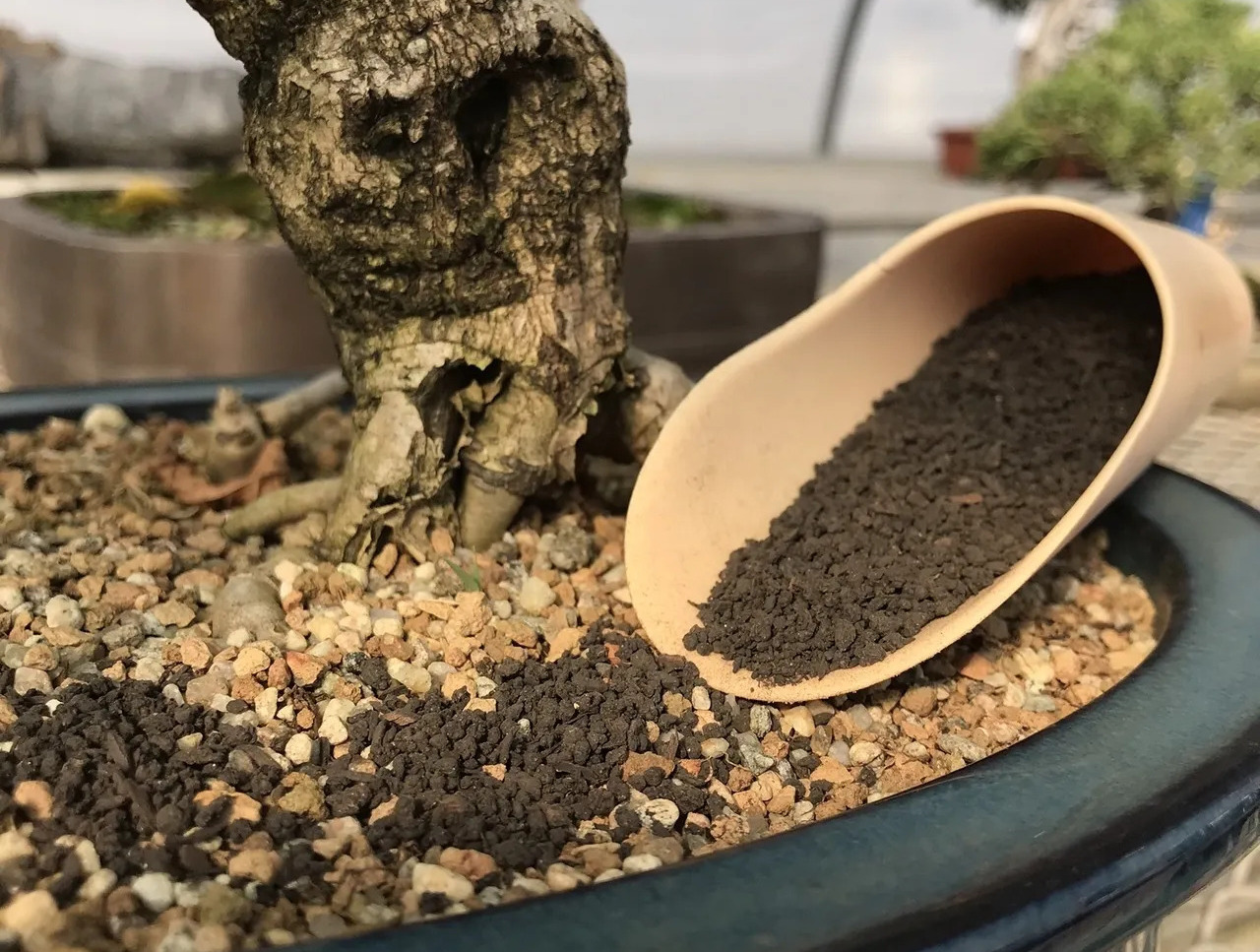
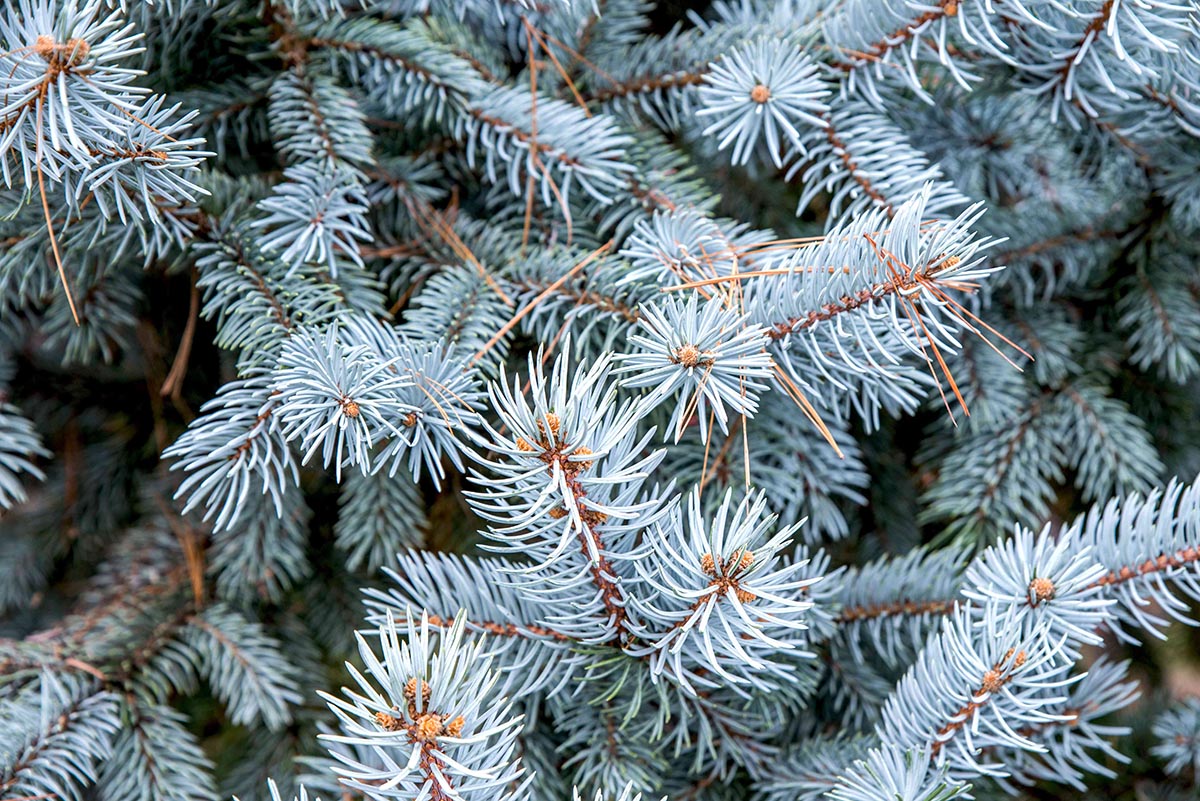
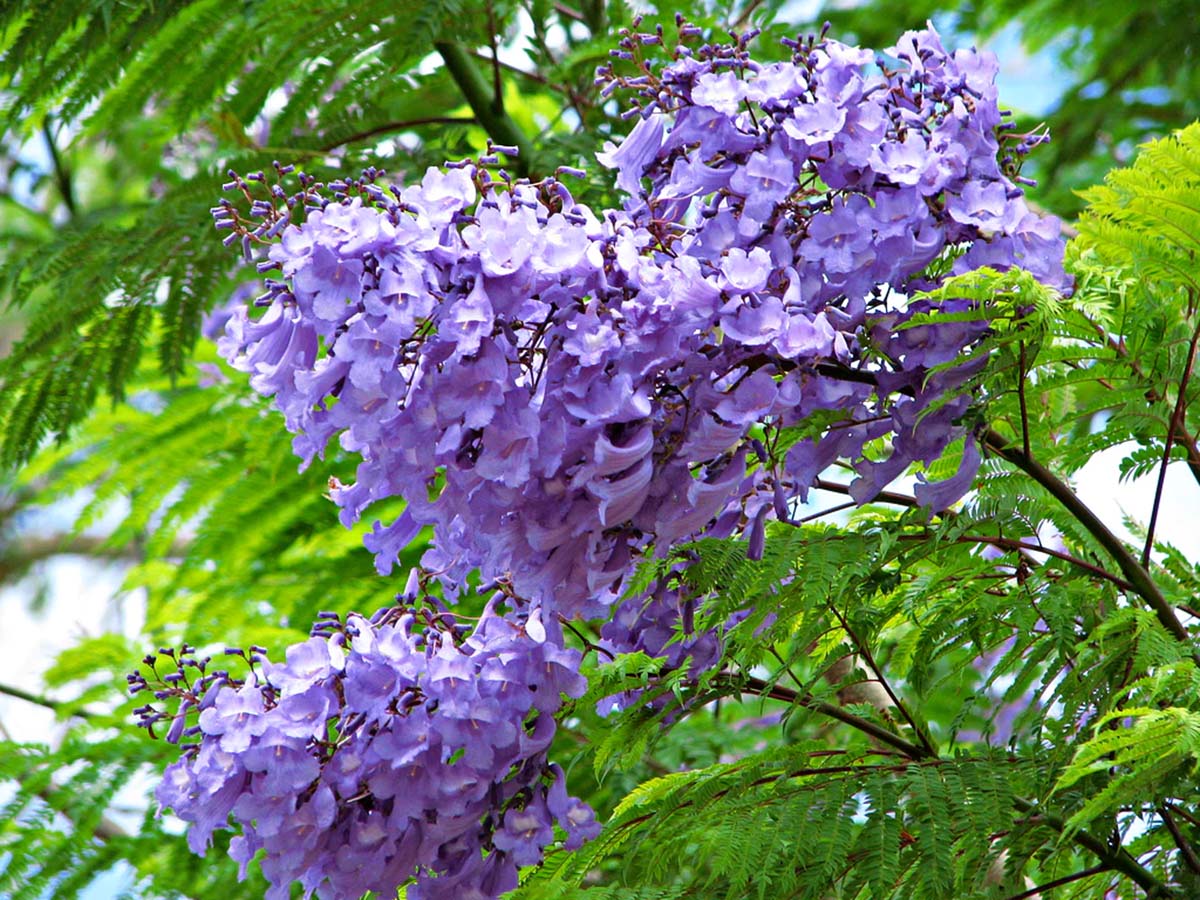
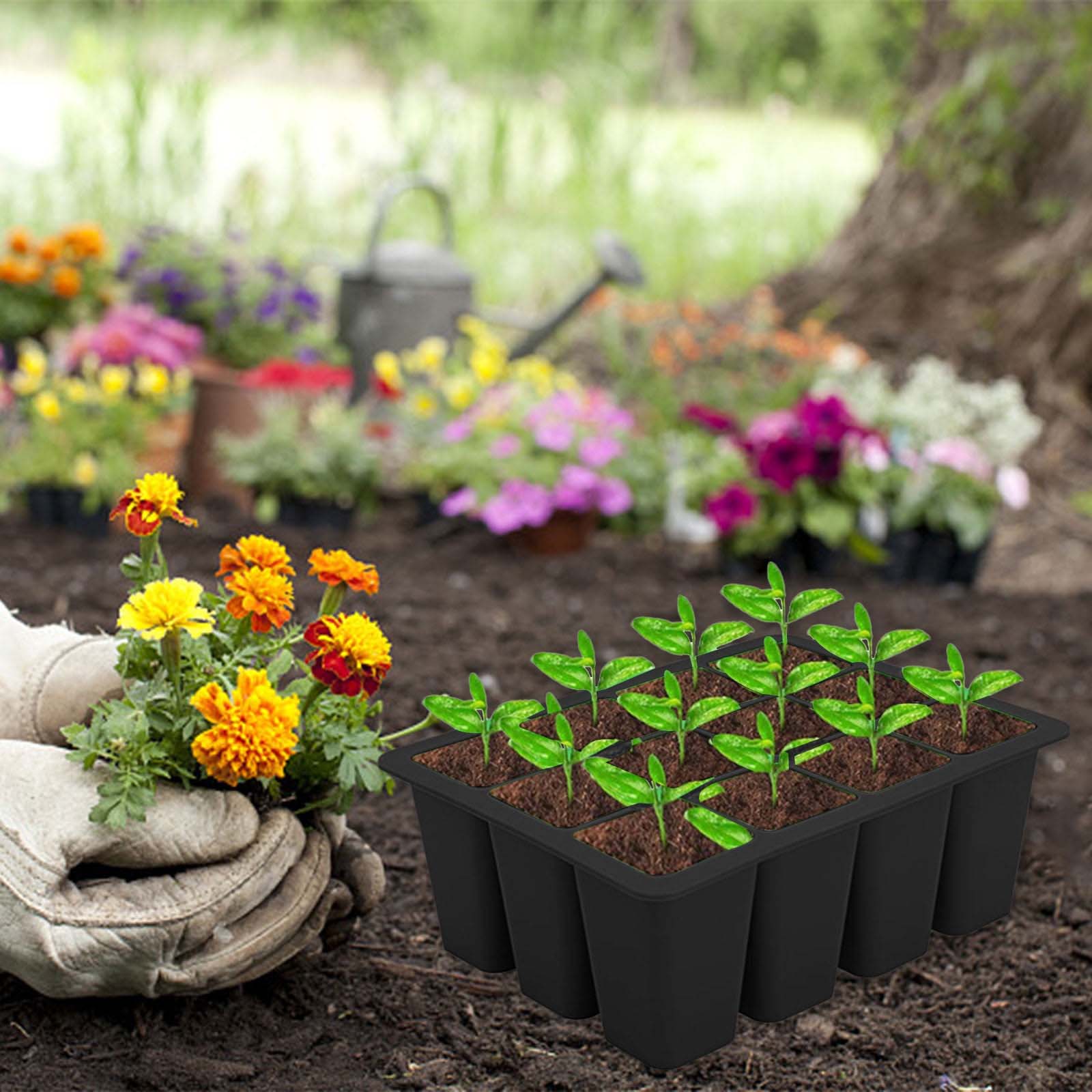
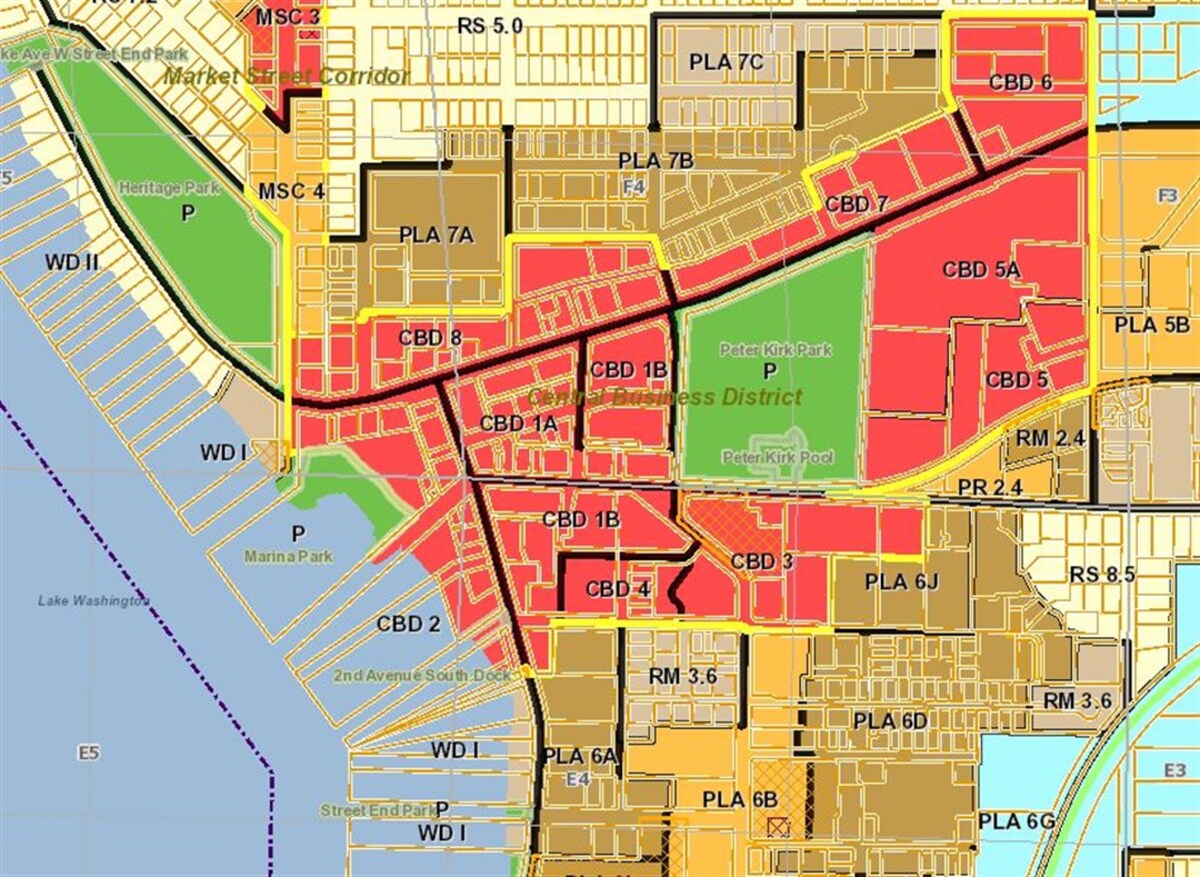

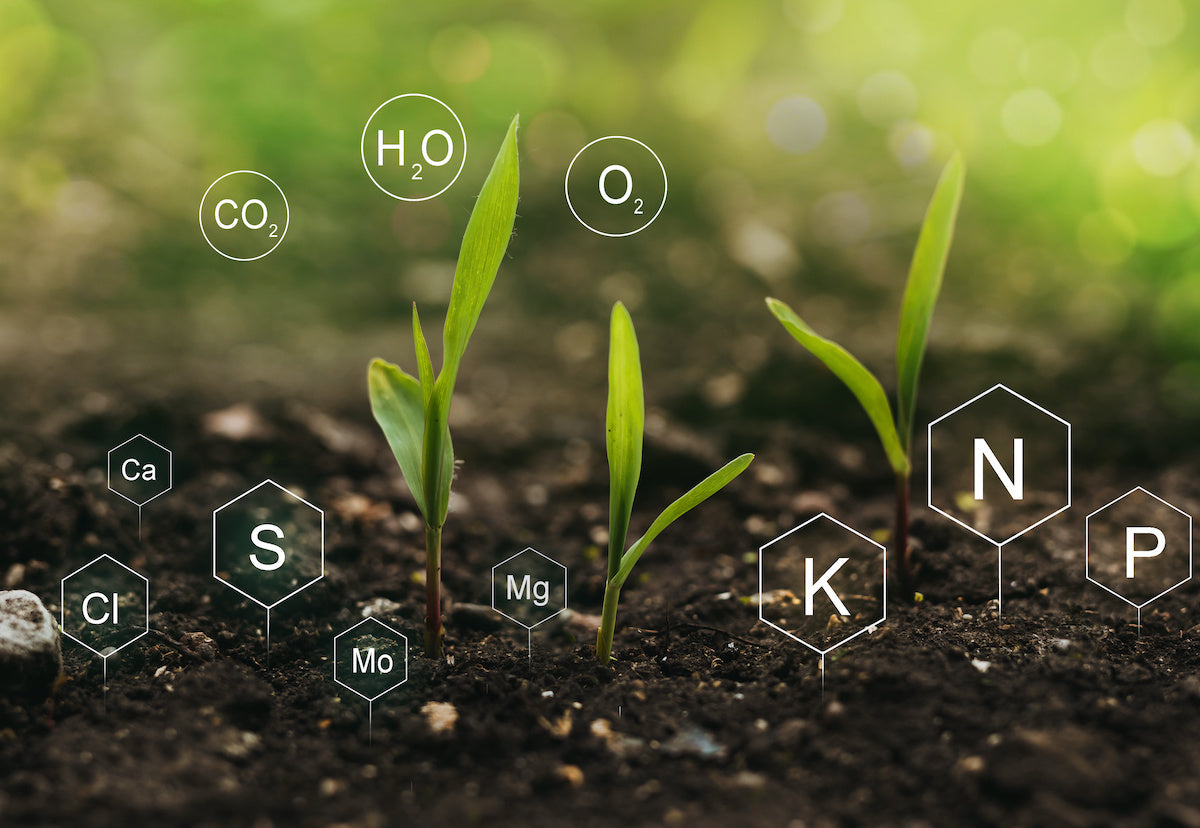
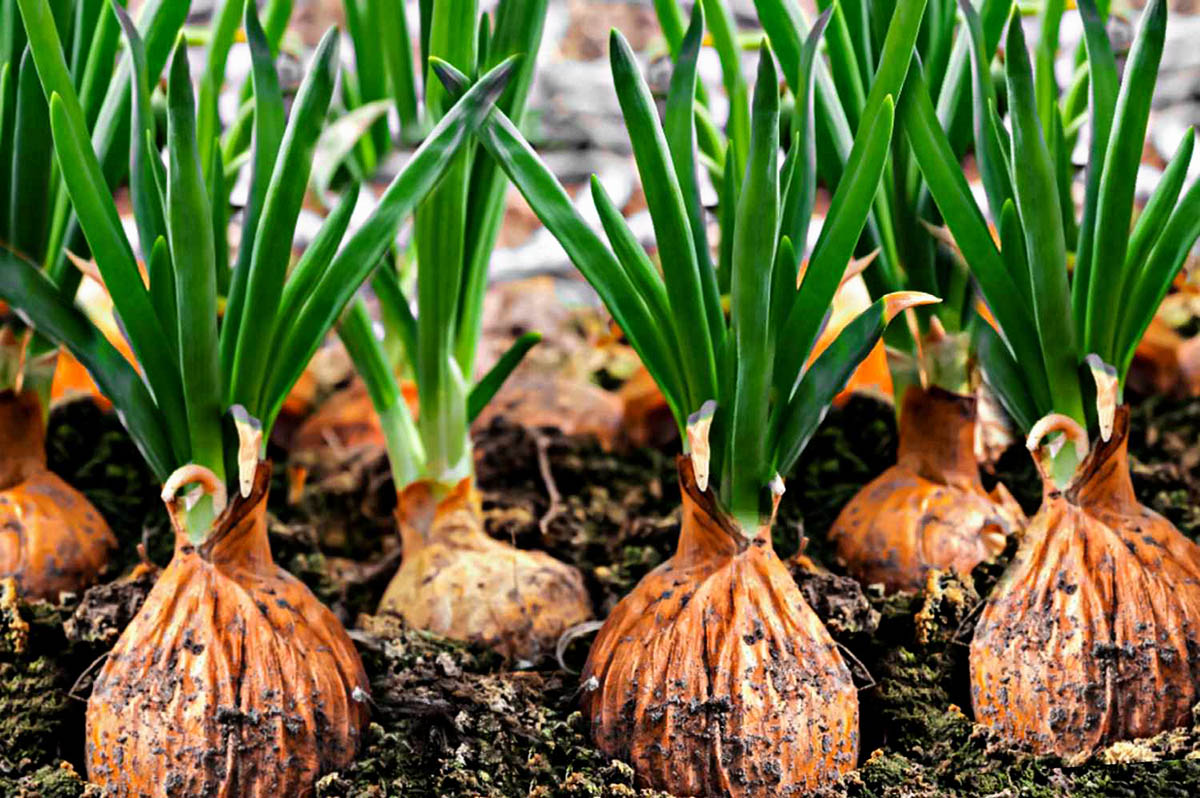
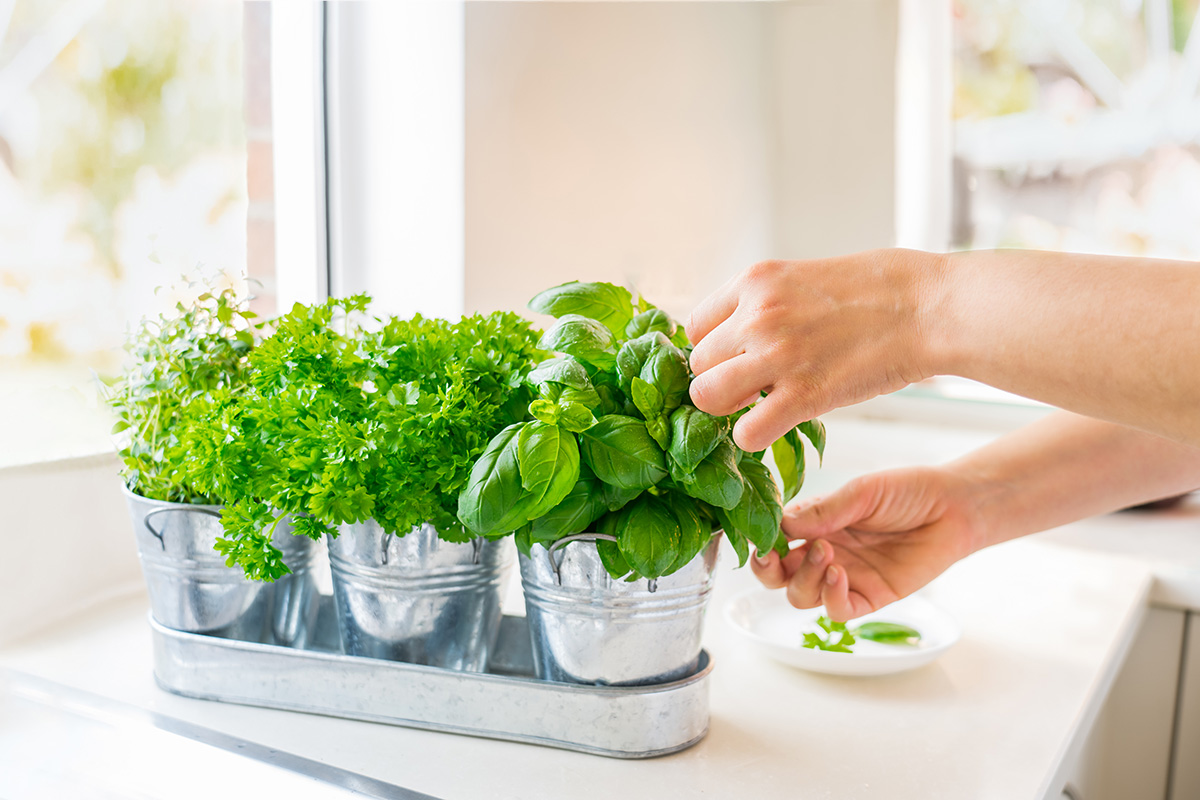
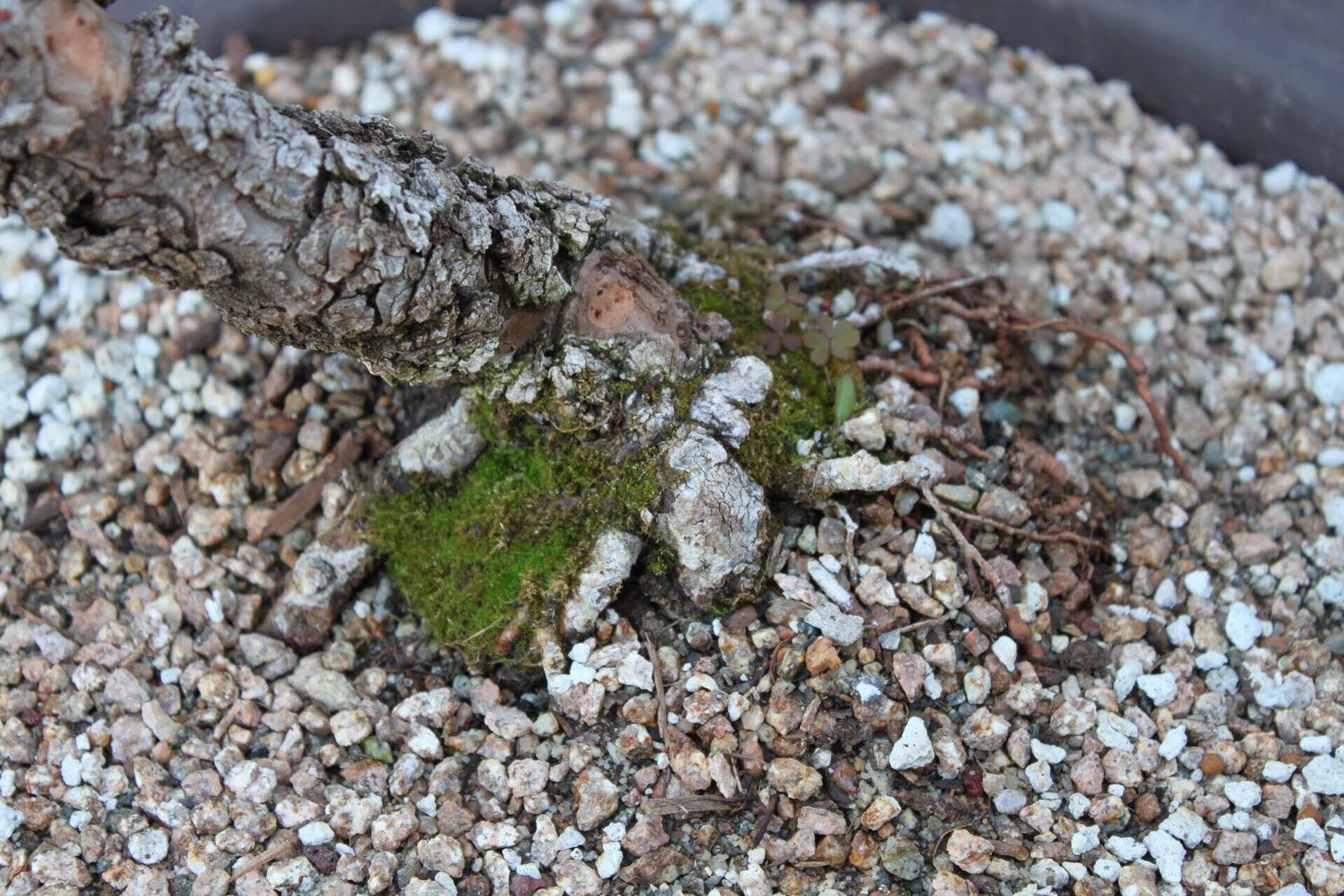
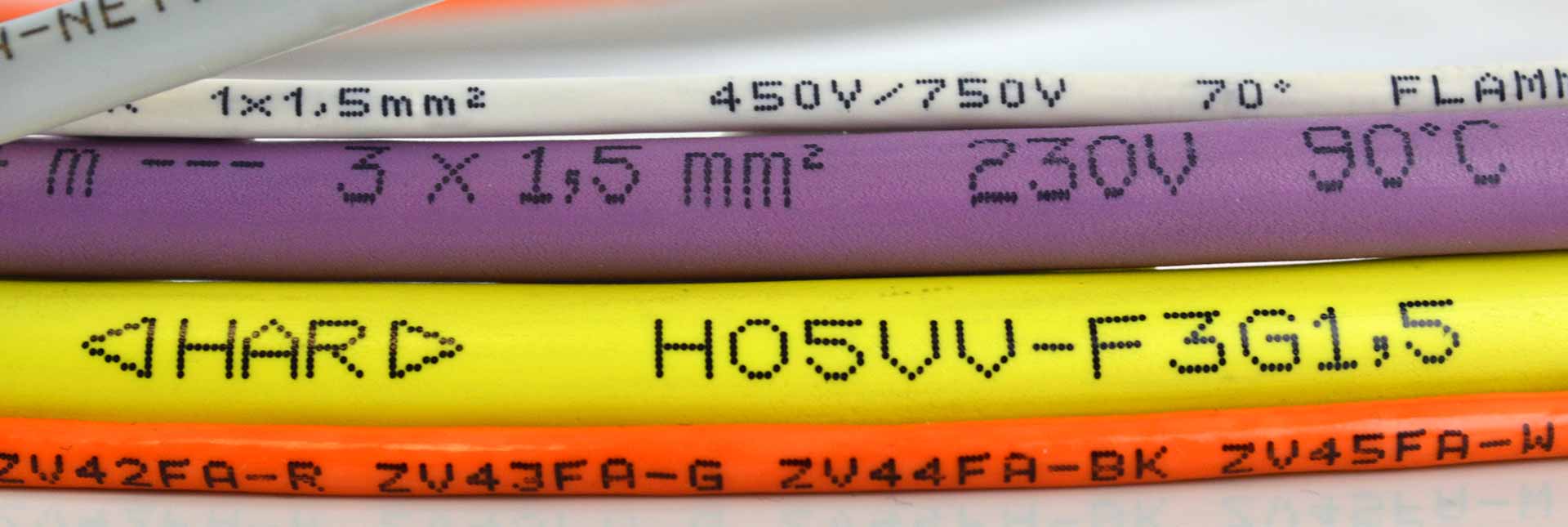

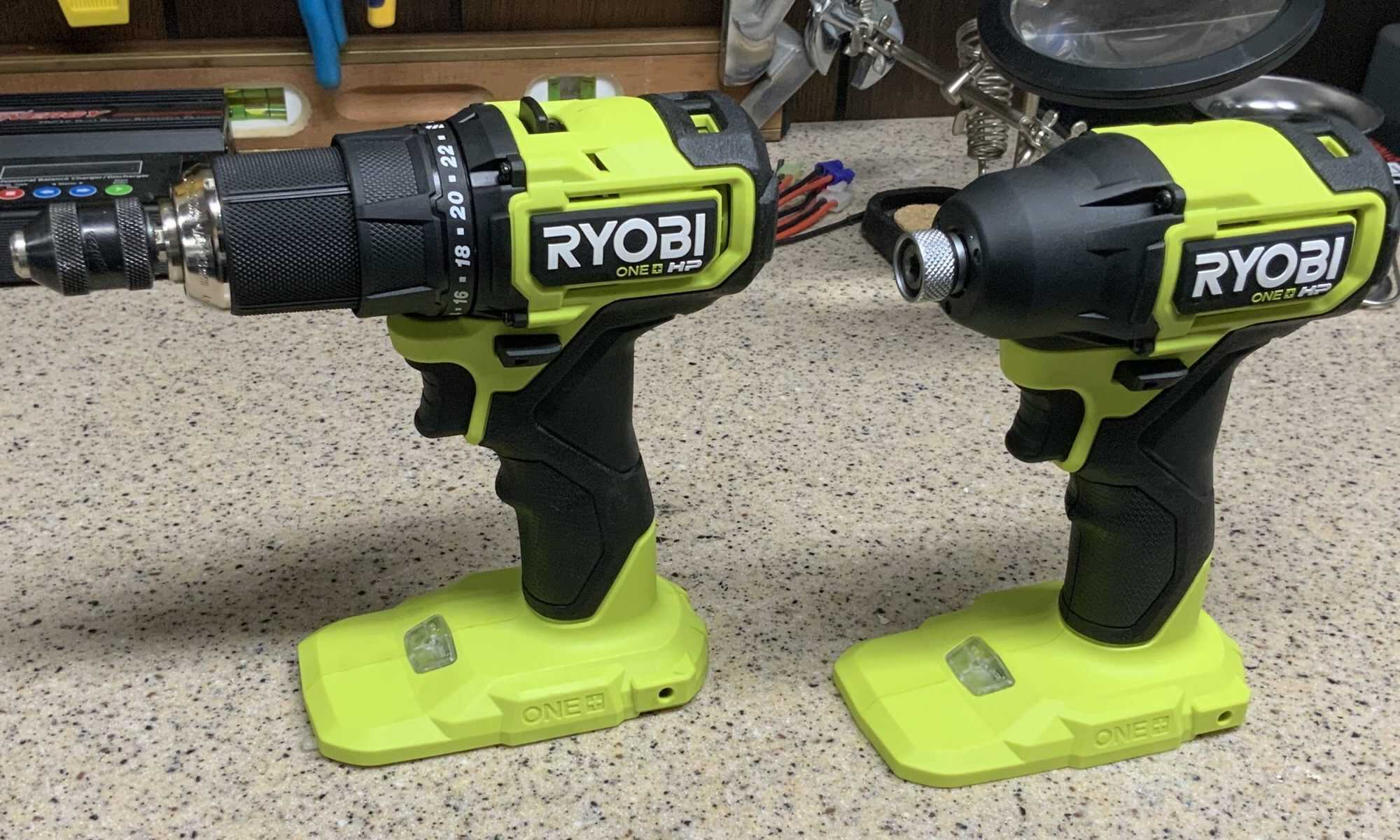
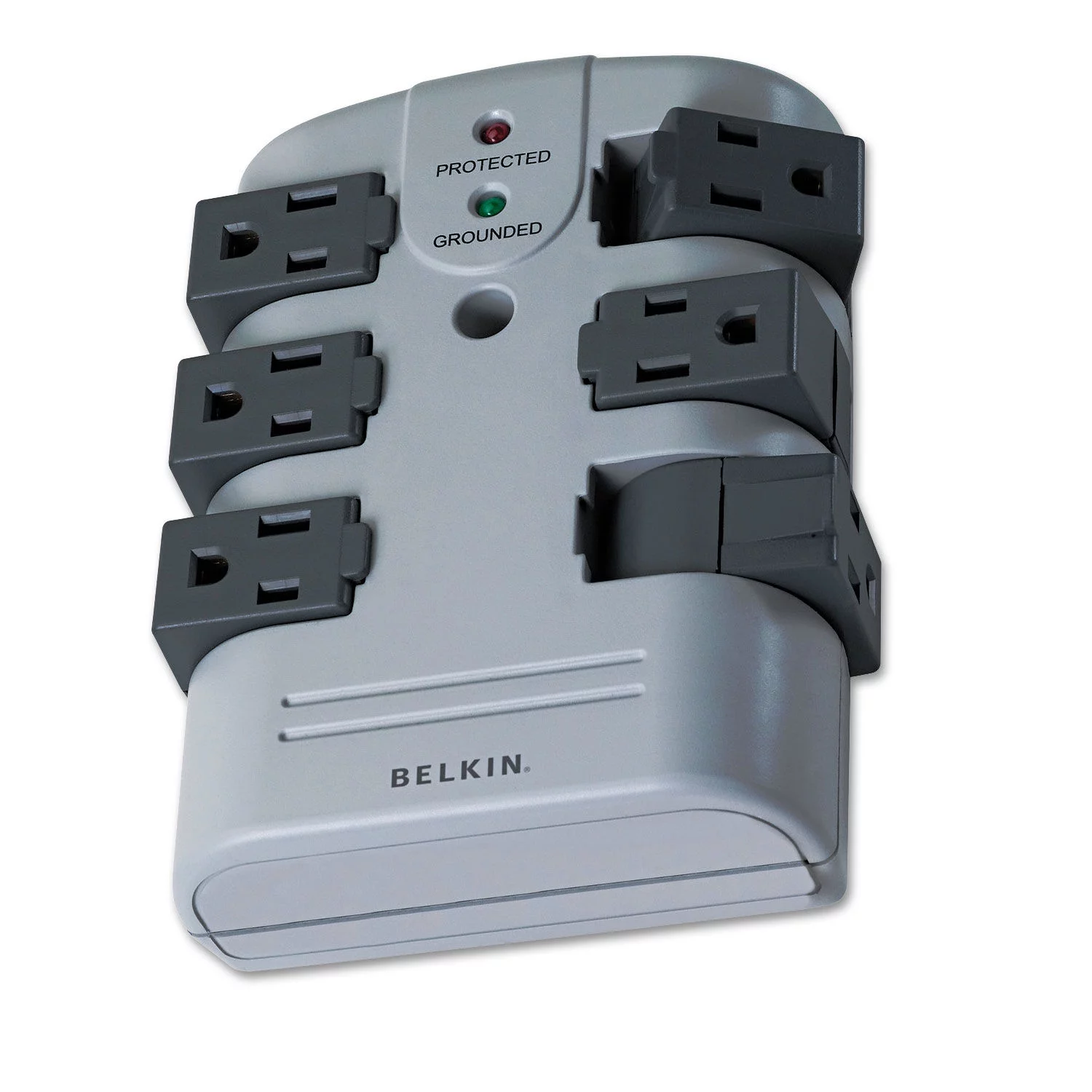

0 thoughts on “What Do It Mean To Germinate Bonsai Trees”